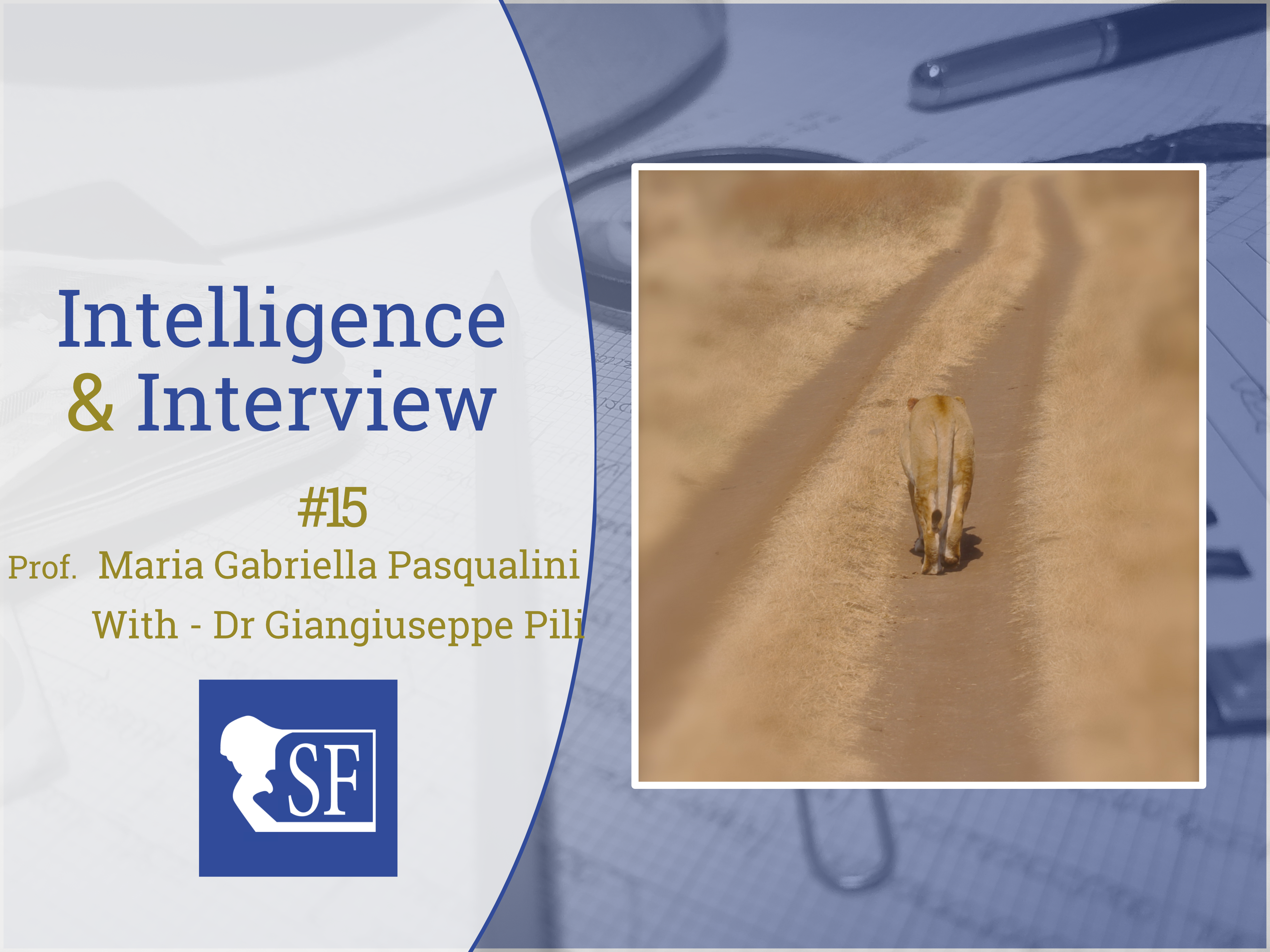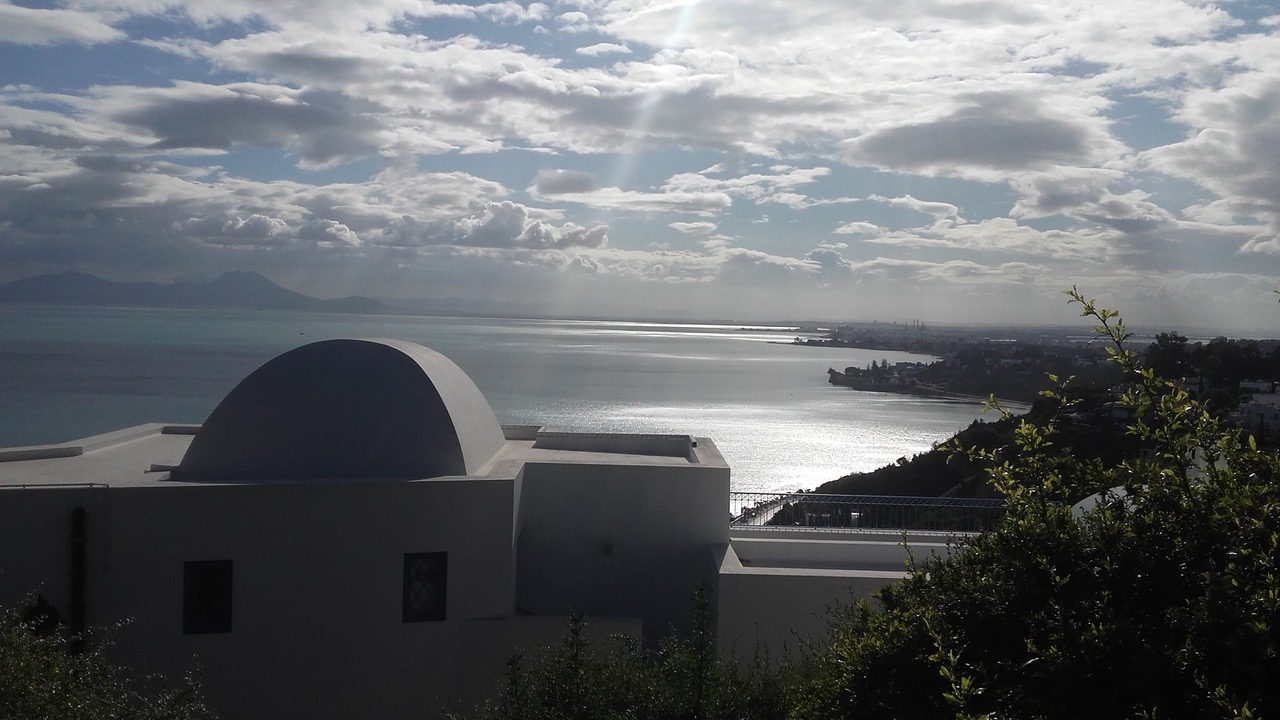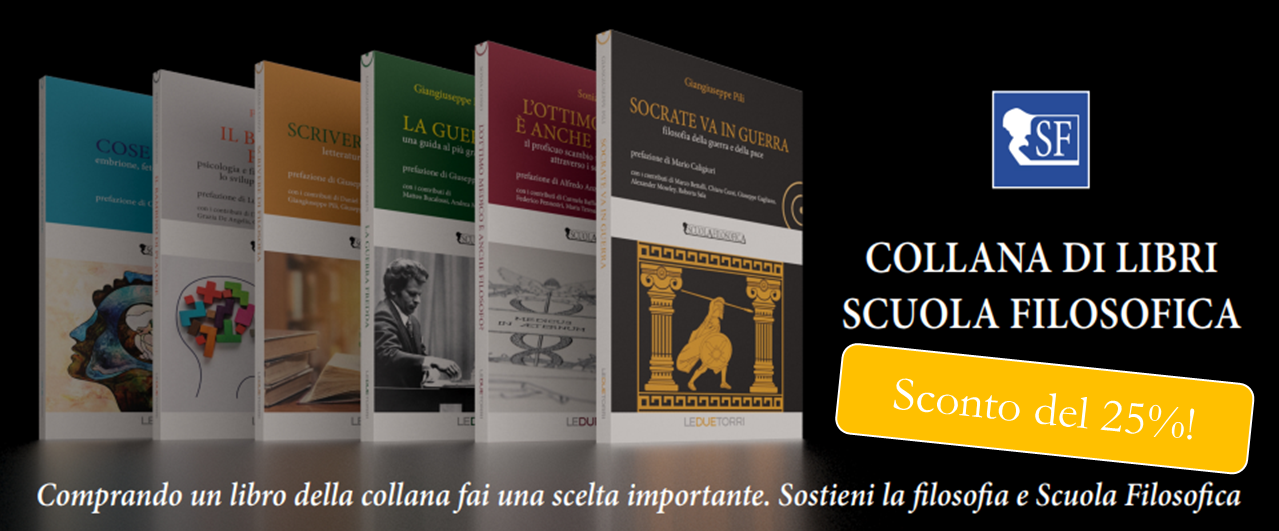
Professor Maria Gabriella Pasqualini is not only one of the best (if not THE best) Italian intelligence historian. She is also a passionate photographer (the pictures you see are hers). And she is a wonderful person. Her passion for her research can only be known to those who had the pleasure of talking to her. Since I started working on “Intelligence & Interview”, now arrived at its 15th issue, I had the pleasure to meet extraordinary persons. All of them are enthusiastic, deep thinkers, and valuable experts in their fields. However, Professor Pasqualini is really a perfect expression of what lead me to embark on this project in the first place. My curiosity toward topics I love brought me the opportunity to discuss what I work at a new level of understanding. This interview is on Italian intelligence history. Bringing the Italian perspective to the international community is a goal I’m pursuing since I started working with professor Caligiuri and Fabrizio Minniti. That’s why Fabrizio and I published a paper in the International Journal of Intelligence and CounterIntelligence on the Italian reform’s aftermath. Professor Pasqualini is definitely an authority impossible to be matched in her field. Her knowledge comes from years of experience and research directly into the archives. We worked together to be sure that this interview is sufficiently able to give the international readers the flavor of Italian history. So, I’m excited to publish this interview after so many personal exchanges with professor Pasqualini. She really enriched me. I hope you all will be. She published so much in Italian, and beyond that, I can only recommend her work. It is really worthy. Then, it is with my distinct pleasure to publish the interview on Scuola Filosofica – for those who don’t know it yet, is one of the leading cultural blogs in Italy. In the name of Scuola Filosofica Team, our readers, and myself, Dr Giangiuseppe Pili, Maria Gabriella: thank you!
1. Maria Gabriella Pasqualini, let’s start from the basics. How would you like to present yourself to the International readers and Philosophical School (Scuola Filosofica)?
I have always been interested in the Middle East and its history. I started with a trip to Egypt when I was sixteen years old. The secondary school organized it. At that time, I was already aware of Egypt’s history and its archeology, studying hieroglyphs by myself. Tutmosis, Akhenaton, Tutankhamon, I learned a lot about them. With a degree in Political Sciences, I worked as a full assistant professor in the African and Asiatic countries’ history and institutions. I was mainly interested in Internal Relations and geopolitics of the Mediterranean strategic regions. In 1974, I won a competition at the Ministry of Foreign Affairs as a diplomatic, cultural advisor. First, I was sent to Iran, where I lived for five years (1974-1979). I was the witness of the Islamic Revolution when people reversed in the streets. At that time, I spoke Farsi fluently. I felt I was living ‘history’. I think I did.
After two other cultural, diplomatic missions (France and Mexico), I returned definitively to Italy for family reasons. In 1990, I was appointed as a professor at the University of Palermo. Meanwhile, I started a collaboration with Armed Police the Carabinieri Corps (the 4th Armed Force of Italy) and the other Italian Armed Forces for historical research and teaching. The collaboration lasted for 21 years as full professor at the High Academy for Carabinieri Officers in Rome. This year, I left the Academy voluntarily due to my age.
I have been on a mission to Iraq (Nassirya, Carabinieri Base, November 2003) with the Italian Army and in Afghanistan, mainly in Kabul and Herat for scientific reasons.
I have traveled a lot, and still do, a pandemic situation allowing. My hobby? Street photography. A girl with a Leica around the world… when possible, with wide eyes open to catch every detail!
2. Let’s stay closer to your experience. How did you get interested in intelligence in the first place, and what were your main interests?
Knowing my specialization in scientific, historical research on documents, a senior high official of the Italian Military Secret Service (at that time SISMI) asked me to write comprehensive research, based on documents, about the “Information and National Security Secrete Services” in Italy since 1861. The project had to start from the Kingdom of Italy to our time. In the beginning, only one volume was planned. However, given the number of documents in national and foreign archives I discovered, it was agreed to use at least a part of them. Five volumes were then published, along with many other essays accepted in various scientific journals. It has been an exciting challenge, and still is!
3. You are one of the (few) Italian experts on Italian intelligence history. Given how little is known about the history of intelligence in Italy (nationally and internationally), how would you describe the main timeline and steps of the history of the Italian intelligence?
One of the main keys in intelligence, if not the most important one, is to coordinate the information collected, the relevant analysis, the unity of activities, the inter-force collaboration. For a long time, these problems hampered the life of the Italian Military Information Service Servizio Informazioni Militare – SIM (Army, Marine, and Air), since the establishment of the Italian Kingdom. Closely linked to this much, later on, was the creation of a Joint Military Information (Servizio Informazioni Forze Armate – SIFAR). The Civil Intelligence Service offered a very similar outlook. They were structured within the Ministry of Interior (Ministero dell’Interno), up to 1977, a milestone for the Italian secret world. Then the Italian Parliament approved the first law with the explicit purpose of reorganizing the Italian Secret Services in a modern sense. It established the Prime Minister’s unique responsibility for the strategical sector of national intelligence, considered a “superior national interest.” In 2007, the Prime Minister was granted the Secret Agencies’ full responsibilities over the guidelines, besides the ordinary responsibility.
4. How did the Italian intelligence started in the first place, and how did it evolve during the so-called “liberal Italy” – the first phase of Italian history as a state?
Even for a historical synthesis, we must remember that there were numerous “secret services” in the pre-unification states. Before the establishment of the Kingdom of Italy, the modern word intelligence was not in use. At that time, the “information business” has always been an integral part of a clan (powerful families), or a single state institution.
Regarding the collectors or spies, Sun Tzu (in 500 BC in his Art of War) wrote, “there are five types of secret agents: local agents, agents, counterintelligence agents, lethal agents, and security agents.” They were always connected to the man in charge of power. This was the state of affairs in the pre-unitary Italian States. So was it in the Piemontese Kingdom.
A historical linguistical curiosity to be told. When and why did the expression “secret service” started to be largely used in the Italian Information systems? In April 1855, the General Staff of the Sardinian Army (namely, of Piemontese Kingdom) issued a brief instruction in the official Military Newspaper. It regarded the Service of the Officers of the Royal Corps of Staff (Comando del Corpo di Stato Maggiore) in time of war. It was approved by the then Ministry of War (Ministero della Guerra). It was known as “La Marmora’ Instruction” after him. It lasted for a very long time, at least until WWI. The Instruction divided the “War Service” (Servizio della Guerra) into six parts. The fifth was about “special missions service” (Servizio delle Missioni Speciali). The sixth was baptized as the “secret service” (Servizio Segreto). This is most likely the origin of the term “secret service” inside the military information system.
In addition, the aura of “secrecy” was very popular. It gave importance both in saying it, and, at the same time, even when little was really “secret”, referencing it with a low voice!
According to the aforementioned Instruction, the “special missions service” and the “secret service”, we’re better organized than in the past. The military information in the Sardinian Army collected information precisely during the preparation of the so-called “Expedition to the East” (Spedizione a Oriente) i.e. the Crimean War, which was the first official war fought by the Piedmontese Army on the international arena.
From this event onwards, an Office for Military Information has always been present in the General Staff Corps. It was never officially mentioned in the organization charts nor in the service Orders until August 23 1906, when the Office came out of the dark, the place in which it had been segregated for security reasons.
However, it existed and was based on the “La Marmora Instruction”. In the archives, I found documents that date back to 1866. They concern the organization of military information of that period. Officially, it did not exist, but it worked hardly.
Chapter Six of the Secret Service of the “La Marmora Instruction”, perhaps the most interesting for our historical synthesis, indicated among other things: “the secret missions; endorsements i.e. inspections; the service of spies to explore the means and strength of the enemy and the political condition of foreign provinces; the rules for preliminary negotiations, armistices, agreements to be held with the enemy; the examination of enemy prisoners and deserters and the exchange of prisoners”, a real vademecum of military information and the service of ‘spies’. It had to be channeled and equipped with a series of ‘rules’ to obtain effective results. Albeit revised and updated according to temporal needs, these rules-based the collection phase until the end of the Second World War.
The internal security was officially established with the advent of the Kingdom of Italy. Camillo Benso Count of Cavour is rightly considered a leading figure of the Italian state. His father was appointed as head of the Piedmontese police. Therefore, Cavour knew the art of “information gathering”, namely acquiring news or persuading foreign political personalities (such as Napoleon III) to take sides in favor of the Kingdom of Piedmont. He employed known and unknown special envoys. Cavour was a member of a Higher Statistical Commission (a word used several times in the military information service, as they were called in different years) before the two world wars and between them to conceal counterintelligence centers, Statistic Sections, or Statistics Centers. These counterintelligence proto-agencies were established within the Ministry of Foreign Affairs in Turin on March 28, 1836. In 1861, the Ministry of the Interior of the then united Italian Kingdom had an Office of High Political Surveillance (Ufficio di Alta Sorveglianza Politica) and a General Directorate of Public Security (Direzione Generale di Pubblica Sicurezza). In 1879, it became the Directorate of Public Security Services (Direzione dei Servizi di Pubblica Sicurezza). However, in 1887, the Public Security Directorate (Direzione Generale di Pubblica Sicurezza) was reconstituted, and a Prefect (a judiciary authority) headed it.
In the last twenty years of the nineteenth century, the Kingdom of Italy acquired solidity and institutional infrastructures. Thus, also the Information Services began an evolution that, in a more modern sense, will end only in 1925, when it was established as a Service mainly oriented to maintain the regime.
The Italian military and civil agencies were almost at the very beginning. It was faced with already well-structured organizations such as the English Military Operations (MO3, the precursor of MI6), the Austrian Evidenz Bureau, the German Nachrichtendienst Abteilung III B, and the French Deuxième Bureau, just to mention the most important European parallel secret services. All of them seemed to lack a good analytical capability, essential for a true ‘intelligence’. Indeed, this would have meant the ability to understand the information gathered in their overall complexity.
5. Then, fascism arrived. During that time, new intelligence institutions were established. I think to OVRA, especially (which we still don’t know what the acronym stands for). How would you sum up the changes during the fascist time?
In the difficult post-WWI reorganization period, discussions intensified over the organization abroad and related internal reform projects. They inevitably led to a change in the activity at home. Indeed, it must be considered that the prime minister also had his efficient Information Service in addition to the Ministry of the Interior and the Ministry of Foreign Affairs. Various proposals were pushed forward. They mainly targeted activity in foreign countries.
With the excuse of saving economic resources, the Prime Minister envisaged “steal” information from the foreign armies, giving the total responsibility to the Foreign Ministry and its Embassies. The project was not implemented.
Mussolini took over in 1922 and had clearer ideas about the value of “intelligence” and its tradecraft. Considering the need for a correct evaluation and analysis, the need for intelligence coordination was incorporated and integrated into the organization of the new Service established in 1925. It was called “Military Information Service” (Servizio Informazioni Militare – SIM). This preeminent goal was not achieved also due to the lack of clarity of the founding decrees. SIM actually lasted until the outbreak of WWII, the Information Service of the Army. There were many historical reasons for the failure of the new Service as coordinator of military information. For instance, there was a strong reluctance from the Navy Information Service (Servizio Informazioni Segrete-SIS) and the Air Force one (Servizio Informazioni Aeronautica-SIA) to be coordinated by a Service always considered only a part of the Army.
During WWII, SIM managed to coordinate even counterintelligence with some difficulty. In the same year, SIM was established, the Public Security sector was also reorganized with a special Law. Fascism strengthened other secret services at that time and set up OVRA, the most well-known, but it was not the only one. In 1927 there were important changes in the General Directorate of Public Security (Direzione Generale di Pubblica Sicurezza), reorganized into various Divisions. The most important would become the Political Police Division, known as Polpol. The General and Reserved Affairs Division (Divisione Generale Affari Riservati) was divided into three sections. The old Special Reserved Office didn’t need to exist any longer, as Arturo Bocchini (Chief of Police in 1926) thought.
The idea of a strong police service was established and consolidated in 1927. It was a special Police Inspectorate, with the main purpose of fighting communist activity and beyond. In December 1930, this office, again reorganized, was known with the name of OVRA (or Special Inspectorate of Public Security (Ispettorato Speciale di Pubblica Sicurezza), with almost unlimited funds and plenty of staff. At the same time, in a general revision of the entire secret compartment, the Stenographic Service of the Presidency of the Council of Ministers (Servizio Stenografico della Presidenza del Consiglio dei Ministri) was suppressed in the various state institutions. It was due to a Royal Decree 10 January 1929, no. 27.
It should not be forgotten that in 1933 the Presidency of the Council again reorganized its Information Service. They were active since 1861, officially setting up a Press Office directed by Galeazzo Ciano. The Press Office expanded its business more and more until in 1937 when it became the Ministry of Popular Culture (largely known as the Minculpop). It collected underground intelligence on political opponents.
Another interesting observation must be drawn. In 1936, the General Directorate of Statistical Services was arranged in the Ministry of the Interior. Another true Information Service was on national and international issues, such as the so-called SIM’s Statistical Sections located in various Italian cities.
In 1944, that part of Italy was no longer under the Nazi-fascist yoke. The Political Police Office was suppressed, and the General and Reserved Affairs Division was split into two branches, where the Reserved Affairs became Special Information Service (SIS). Over the years, Fascism was obsessed with “state security,” which meant only the survival of the regime, whatever the costs. All the information Services, both civil and military, were devoted to this prominent task!
6. During the Cold War, the Italian intelligence sided strongly along with NATO. However, the history of Italian intelligence is also unique. It is definitely different from the US-UK tradition and the Anglo-Saxon world in general. So, how Italian intelligence evolved during the Cold War?
After April 25, 1945, the reconstruction of the Italian state began. Italy took the “Atlantic side”. In 1949 it finally succeeded in launching the establishment of a first real inter-force service, SIFAR, then SID, (Servizio di Informazioni della Difesa – Defense Information Service).
In 1946, the Ministry of the Interior reconstituted the General Directorate of Public Security. Two years later, he restored the General and Reserved Affairs Division (Divisione Affari Generali e Riservati), which became part of the General Management of the State Police (PS) in 1965. After this date, numerous reorganizations were implemented in the following years, along with the Republic’s internal historical-political events.
More than twenty years after the end of the war, the Italian society’s turmoil made it necessary to bring order to the matter secret world still affected by an obsolete post-war mentality. Indeed, the two distinct military and civil branches had different duties. Their orders and responsibilities had not been sufficiently delineated. It generated numerous overlaps in objectives and operational activities. There was no coordinating institution, whose result was an evident waste of human and economic resources. The sector required optimization instead to obtain results to maintain a young but firm democracy’s stability and security.
With a large political consensus and only one discussion for approval, the Italian Parliament’s VII Legislature accepted the first reform of the Security Information Services in the modern sense. Law n.801 of October 24, 1977, will be followed, thirty years later by Law no. 124 of 2007. In addition, along with new principles derived from the previous one’s experience, the Law 133 of August 7, 2012, was considered a significant maintenance intervention.
So, during the Cold War, we were part of NATO. As other countries in Europe did, we put up a ‘Stay behind’ (S/B) organization known in Italy as ‘Gladio’, which was dissolved in November 1990. Gladio and its military and civil members were at the origin of numerous judicial investigations, political and media controversies. The S/B structure was widely criticized by the Italian citizens and political authorities, even though it was largely known. It marked more than a decade of a difficult Italian political scene, from 1990 to 2001.
7. Let’s come to something different. Considering your historical perspective and knowledge, how do you see the evolution and trajectory of Italian intelligence?
Intelligence is now “global”. It no longer concerns only military information or old-fashioned information “on the opinions and morals of the people”. Now, it spans from the effects of the economic crisis and social unrest to anomalies in the banking and financial circuits, financing of terrorism, cyber threats, as well as the analysis of the geostrategic regions closest to Italy, namely the southern shore of the Mediterranean, the Near and Middle East, the current upheavals in that sector. Intelligence has undergone a profound conceptual, methodological, and operational evolution. Its organized arrangement is absolutely necessary, though transparency must be guaranteed, precisely to safeguard the stability of the democratic institutions of the state, under the control of Parliament, the expression of the sovereign will of the citizens. In this pandemic crisis, intelligence acquired some very interesting new aspects and required new previously unknown skills. Do you see a doctor or an engineer as an agent or a spy? I do.
8. How can our readers follow you?
I load something of you can find the list of my scientific essays, already published, on Academia.Edu. In the future, I will try to publish more on this site. I also have an Italian website for geopolitical analysis and intelligence news and research www.osservatorioanalitico.com
9. Five keywords that represent you?
Curiosity. Enthusiasm. Love for life. Love for studies. Love for travel.





[…] se to bring national perspectives as much as possible, as difficult as it can be. Then, after the Italian intelligence history, the French view, interviews from scholars and practitioners from Canada, US, Zimbabwe…, it […]